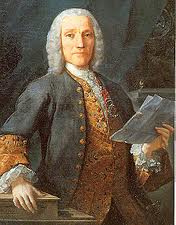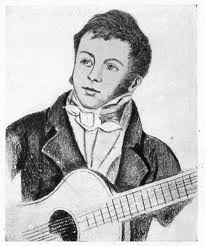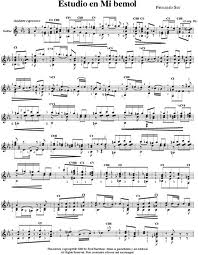Spanish Music of the Classical Period
During the XVIII century European music changed its course dramatically, adopting the set of characteristics that would define it for centuries to come. Classical music, as we would find it defined in, only really emerged during this period.

One of the precursors of the movement in Spain was Antonio Soler, often known as Padre Soler due to his religious vocation. Soler became a priest early in life and lived at El Escorial as a hermit, imparting lessons to King Carlos III's son, the Infante Gabriel. Despite Soler's duties as a hermit, he was a prolific writer, whose work stands out as the point of reference in Spanish classical music of the time.
At the time when Antonio Soler was director of the choir of the Monastery of El Escorial, the official composer of the court was Domenico Scarlatti, one of the most emblematic authors of the Baroque period, whose innovations would certainly carve the inroads for the development of classical music.
Born in Naples in 1685, at a time when the southern half of Italy was ruled by Spain, Domenico Scarlatti was active in Rome and Lisbon, before arriving in Seville in 1729. It is thought that he came in contact with early versions of the flamenco at that point, which might have influenced his work later in life.
By the time Domenico Scarlatti made it to Madrid, he was appointed as musical instructor to Princess Maria Barbara, soon to become Queen of Spain. His destiny was sealed, as he was to remain in the Royal court for the next 25 years. His presence was an imposing influence on Spanish musicians of the following generation, and his keyboard sonatas (he wrote as many as 555 of them) remain, still today, a landmark of Spanish classical music.
Fernando Sor

The line of progression from Domenico Scarlatti, to Soler to Fernando Sor is roughly direct in terms of its chronology. Sometimes known as 'the Beethoven of the guitar' due to the virtuosity of his performances, Fernando Sor was an accomplished musician, not only at the guitar. But it was through the concerts he gave all over Europe that his name would be recognised as the most accomplished guitarist of the world, at a time when the instrument was not terribly well known in the continent.
Fernando Sor's public debut came in 1797, but the events that unfolded over the next ten years saw him adopt a fervently nationalist posture, which was easily discernible in his compositions, often accompanied by patriotic lyrics against the barbaric invasion by the Napoleonic forces. This reactionary vein was quashed, however, once the French army conquered Spain, and Fernando Sor even accepted an administrative position within the new regime.

Which effectively sentenced him to exile, once the French were kicked from the territory. Fernando Sor lived and wrote abroad, primarily in Paris, for the rest of his life. His work includes two operas and three symphonies, although he is clearly more famous for his shorter pieces for the guitar, among them 30 divertimenti, 11 fantasies and 25 seguidillas, the genre that would come to dominate the Spanish musical scene of the XIX century.
Contemporary with Fernando Sor and equally instrumental in the development of the guitar in Spanish classical music was Dionisio Aguado, whose treatise, Escuela de guitarra, proposes an ambitious technique. Aguado's work includes two pieces influenced by the fandango, evidence of the importance gained by the traditions prevalent in the southern part of the peninsula.
Flamenco, like fandango, was on the rise, and would soon be elevated to the quintessential form of expression of Spanish music, incorporating the guitar, dance and folklore of the south to evoke the spirit, as it were, of the country. But that is another story.
